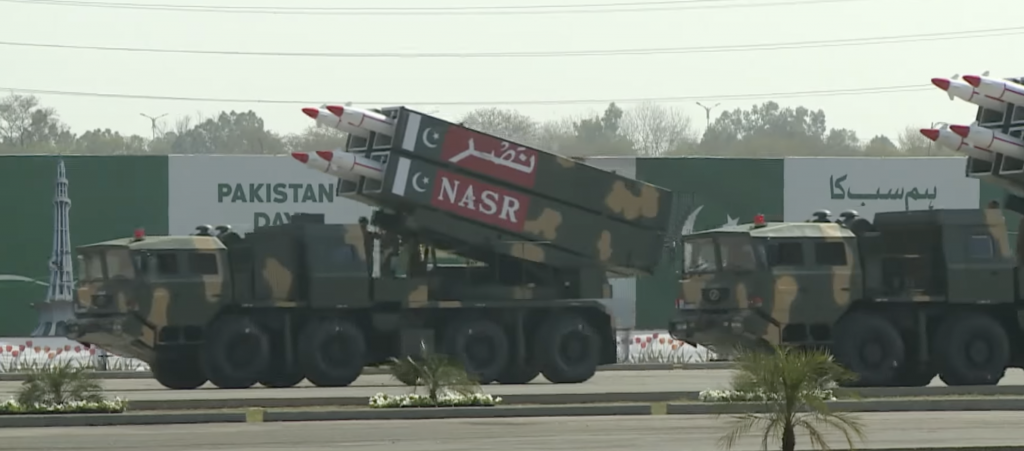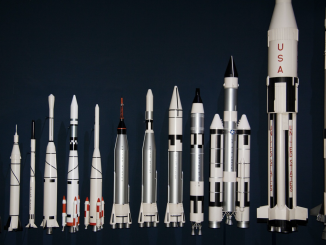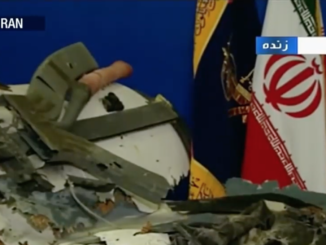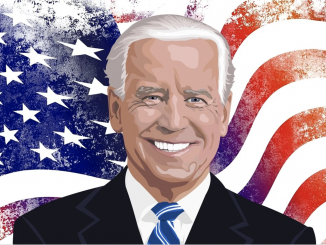
“We will soon bring Pakistan to its knees”, a rejuvenated president of the BJP, Khushabau Thakre retorted after India conducted five nuclear weapon tests on May 11 and 13, respectively. With these tests India became the only country to have a declared nuclear weapon capability outside the nuclear nonproliferation treaty (NPT). Since then India has celebrated 11 May as National Technology Day. For quite some time, BJP also celebrated 16 May as the National Day of Pride. Thakre’s threat was not the first warning that came from BJP’s high office. In fact, L K Advani, home minister and former BJP president also warned Islamabad to “realize the change in the geo-strategic situation” that emerged as a result of Indian nuclear test. BJP’s far right leadership also threatened Pakistan to prepare for India’s wrath.
All these aggressive and hostile threats came within a week of India’s nuclear tests. Following the threats and intimidations from the Indian leadership; three weeks later, Pakistan detonated five nuclear tests at Ras-i-Koh, Chagai, codenamed Chagai-I and two days later conducted another test in Kharan that was labelled as Chagai-II. With these tests, Pakistan emerged as the 7th state to have the declared nuclear weapons capability.
India has a long history of nuclear development. On 18 May 1974, India detonated a nuclear device in the Rajasthan desert near Pokhran that was named as “Smiling Buddha.” This event came as a shock to the entire world. The plutonium for the device was extracted from the CIRUS (Canada-India Reactor U.S.) – a collaborative effort between Canada and the US to supply a 40-megawatt nuclear reactor that began operating in 1960. The Indian government called the test a “peaceful nuclear explosion” (PNE). The test resulted in widespread condemnation from the international community, particularly Canada cutting off virtually all its nuclear assistance to India. The US also froze its nuclear cooperation, leaving India in a virtual state of nuclear isolation and a pariah state unworthy of nuclear cooperation.
The event became the first episode of state-sponsored nuclear proliferation at a time when NPT was just 4 years old. “Smiling Buddha” which pushed India and South Asia into a nuclear age is the blackmark in India’s nuclear history and for the international nonproliferation regime. India, however, does not celebrate its so-called PNE nor calls it the day of technological feats.
The belligerent political rhetoric against Pakistan that came with India’s nuclear tests in 1998 also signifies one important aspect that India developed its nuclear power against Pakistan, and not China. India’s nuclear pundits often sell the idea to the West that New Delhi developed its nuclear weapon capability when they met a humiliating defeat at the hands of Chinese forces, which is not true.
Despite India’s “China Bogey”, there was not a genuine security threat to India. In fact, it was not a security threat but “prestige of having a nuclear weapon capability” that drove India’s quest to become nuclear power. With overt nuclear tests in 1998, India literally threw Gandhian principle out of the window which called nuclear capability as “weapons against humanity.”
Since India’s first nuclear test, there has been an unprecedented rise in India’s nuclear and conventional might. Over the period India has not only become world’s largest arms importer but also a country with the fastest nuclear weapon program. As per estimates India has the potential and enough fissile material to develop hundreds of nuclear weapons every year. This reflects the sheer madness and uncontrolled obsession with fire and fury. India’s flirt with its fissile material has also become a global migraine. Most recently, Indian security agencies have seized 7 kg of Uranium and two persons were arrested. This is the largest breach in safety of nuclear material in India which is a source of great concern not only for India but the international community. Such a loose state control over its nuclear material shows that India has never taken nuclear safety and security seriously.
It is the right time for the international community to intervene. Today’s India offers two major challenges, first it is expanding its nuclear weapons stocks at a rapid pace and secondly the nuclear safety and security standards in India have become a great concern for the global community. If this left unaddressed, India would become a hub of lucrative global nuclear black market. The possibility of a dirty bomb has become greater, and with each passing day India is inching closer to become hotspot for nuclear terrorism. Therefore, India needs global attention more than ever. The responsibility lies with the international community to address the nuclear challenges emerging from Modi’s India. The recent nuclear theft incident should be a wakeup call for the global community.
![]()




Be the first to comment